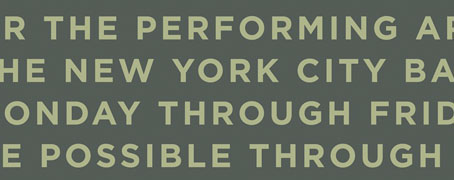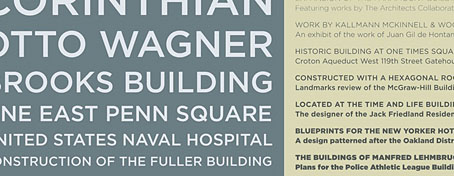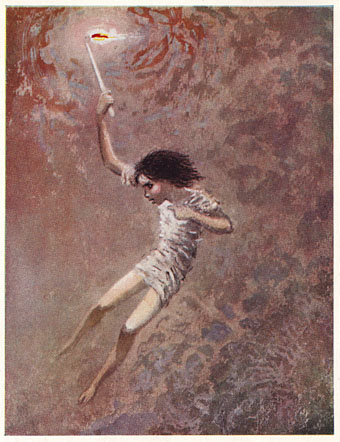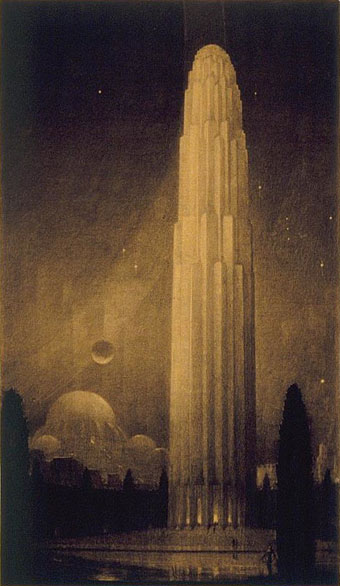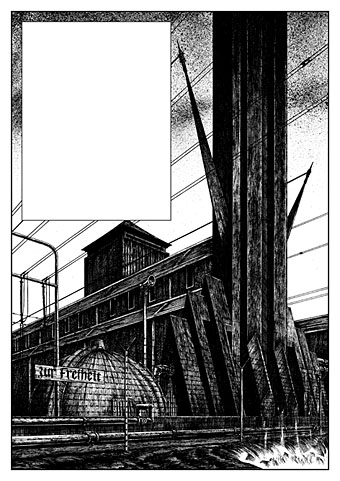Nothing doing here for the past twenty-four hours due to things collapsing at the webhost end. Everything seems stable now (fingers crossed). In future when this happens check my Twitter feed for reports.
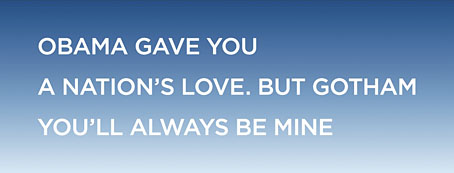
So then… The above is the better of my two entries for a Valentine’s day competition on the Extensis blog which required you to create a besotted ode to a typeface. The wonderful Gotham sans serif by Hoefler & Frere-Jones was used by the Obama campaign during the recent Presidential election, as I noted back in November. I didn’t win but they did give me an honourable mention which was a surprise. Some very witty and clever entries but it helps if you’re a type obsessive to appreciate many of the jokes.
Previously on { feuilleton }
• The best font won

